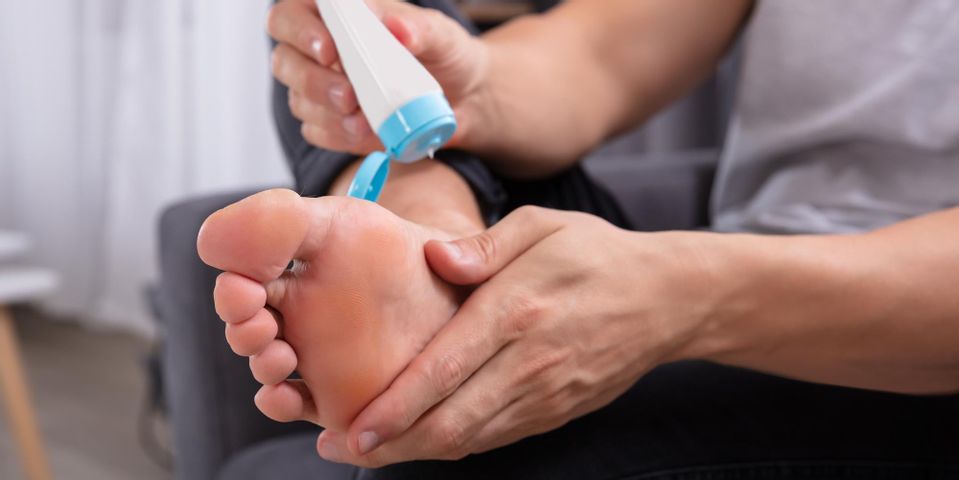
Cold weather presents special considerations for people with diabetes, especially when it comes to foot care. By seeing a podiatrist regularly and adhering to the following guidelines, you can keep your feet healthy this season and beyond.
How to Take Care of Your Feet During the Winter
1. Inspect Them Daily
Pay careful attention to the balls of your feet, heels, and between your toes. If you see any blisters, open sores, ulcers, painful calluses, or skin color changes, talk with your podiatrist.
Nerve damage and poor circulation caused by diabetes can make your skin drier than usual, so moisturize if you notice shiny, tight, and red skin on your feet. However, keep creams away from your toes, as too much moisture in this area can lead to a fungal infection.
2. Use the Right Socks
Find socks with a special coating or polyester blend to keep your skin clean and dry, as this will hinder bacteria. Look for moisture-wicking products, and avoid ribbing or thick seams that are abrasive. Some manufacturers even create socks that are specially designed for people with diabetes. These typically have extra cushioning, reach the mid-calf, and don't have elastic around the top.
 If your socks get wet, remove them immediately and blot your feet with a clean towel. Also, carry an extra dry pair of socks whenever you leave the house.
If your socks get wet, remove them immediately and blot your feet with a clean towel. Also, carry an extra dry pair of socks whenever you leave the house.
3. Wear Weather-Appropriate Footwear
To keep your feet dry, use waterproof or water-resistant shoes when it's snowing or raining, and don't walk through any puddles. Also, choose shoes that fit comfortably and have enough space in the toe box to prevent rubbing or cramming.
If you have diabetes, you also need to wear footwear when you're indoors, such as slippers, to avoid splinters and cuts.
4. Keep Heat Away
Neuropathy can make it difficult for you to feel heat, even when your skin is burning. For this reason, wear clean socks to bed instead of using a heated blanket, and never use heated inserts. Also, only use lukewarm water when bathing and test the temperature with a different body part before getting in.
5. Trim Your Toenails
Ulcers and ingrown toenails are more likely to form during the winter when your skin is dry and you're wearing heavier shoes. To avoid these injuries, trim your toenails every six to eight weeks. Cut straight across the front of your nail and then file the edges, and schedule an appointment with your podiatrist if you need help.
Your feet are one of the best indicators of how well you’re managing your diabetes. To schedule an appointment with a podiatrist who will be a reliable and compassionate partner in diabetic foot care, talk with the experts at Westside Podiatry Group. With offices in Rochester, Greece, and Gates, NY, they’ve helped people throughout Monroe County for over 50 years. Call (585) 225-2290 today to schedule an appointment, or visit their website to learn more about the practice.
About the Business
Have a question? Ask the experts!
Send your question

